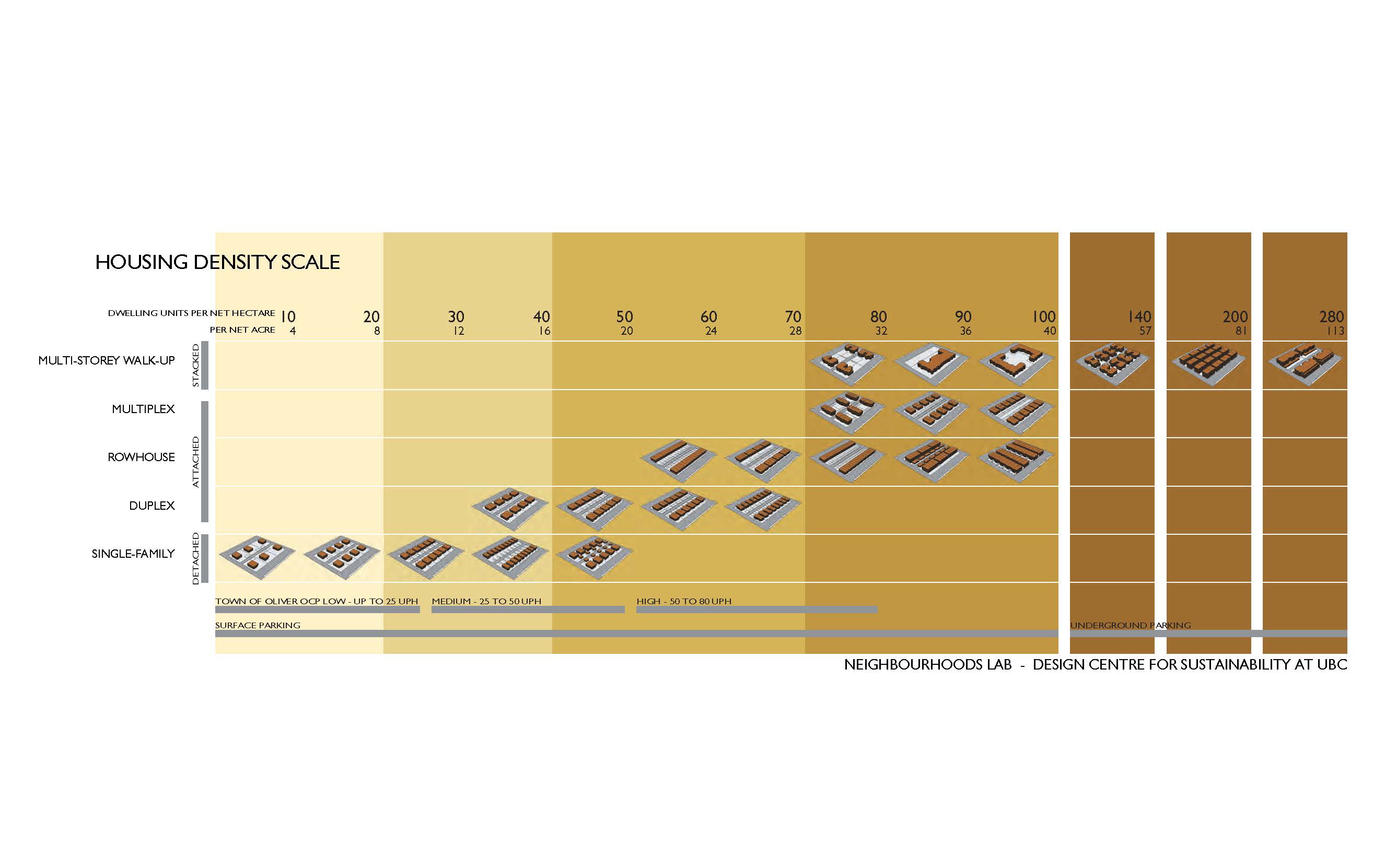by Isabelle Jankovic
Blanket Rezoning could be the defining issue of this year’s civic election. In the past year, we have seen dramatic changes in older communities. The changes haven’t been as dramatic in Crescent Heights as some other communities because many units have already been built here since 2014. The CHCA Planning and Heritage committees work diligently to ensure new developments in Crescent Heights fit into our neighbourhood.
What does blanket rezoning mean? In addition to single detached and semi-detached homes, a row house or townhouse can be built on most residential lots in established communities in Calgary with up to 60% building coverage on the lot. The most popular development is the four-unit rowhouse with four secondary (basement) suites. (four plus four). Only four parking spaces are required, and other parking is pushed to the street. The City considers parking ten minutes from your home as reasonable.
By the time all the sidewalks are added to access the entrances and garage, very little land is left for soft landscaping. The average is 11% which is often a few strips of grass dotted with a tree and a few shrubs. A tree requires about 10 m2 to grow and thrive to maturity and there is barely enough land area to support even one tree as it matures.
While there has been a lot of discussion about trees, height, and lot coverage, very little is said about density. The current RCG bylaw allows 75 dwelling units per hectare. Most residents have no idea what this means. Many professionals don’t either because there is no industry standard. Density can be expressed as population or dwelling units, site specific or an overall area. This article focuses on site specific dwelling units per hectare (du/h). According to the UBC density scale, this is considered medium density. However, Calgary currently does not count secondary suites as dwelling units while the federal census does. When secondary suites are included, the density becomes 150 du/h which is considered high density according to the same UBC scale. In the initial review of the new zoning bylaw, the density will be changed to 150 du/h. We have seen how our established communities have changed over the past year under the blanket rezoning policy. Imagine what they will look like in ten years.
How did we get here? Part of the push is from the federal government and the money offered to municipalities for housing if they changed their bylaws to increase density. Different cities across the country have taken different approaches. Red Deer recently said no to the 12 million dollars the federal government offered. For them, the required density to obtain the money wasn’t worth the changes it would bring to their city. In Calgary, City Council ignored the wishes of the people and passed the blanket rezoning bylaw to obtain the federal money which is less than last year’s budget surplus.
What’s the solution? We don’t want to go back to the previous bylaw which was cumbersome for everyone. We need higher density in our established communities but not at the cost of building developments that strip lots of mature trees and shrubs and only allow small spaces for new growth. We need permeable land and vegetation to absorb water especially as our summers become warmer and dryer. We need developments that respect the existing homes in the area without excessive size and height. Our next mayor and council will determine how our City will develop in the future. Do you want more of the same or do you want something different?

Click here to the Crescent Heights Community News home page for the latest Crescent Heights community updates.











